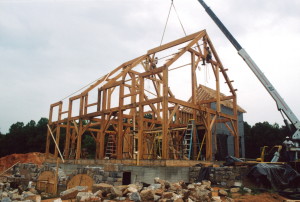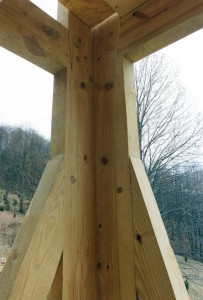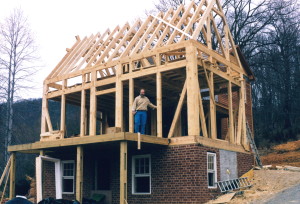Jobsite safety
Noah Bradley2019-06-29T10:30:27+00:00Men are invincible.
Or at least we think we are.
We can stand on the “do not step here” top rung of a ladder, while wearing no safety helmet, while operating a saw… yes, even a very large saw.
I still remember this moment years later, when I showed up on the jobsite to witness this feat. The young man was given a talk on safety and an inquiry into his desire to live a long life, free of injuries. My company has had an amazing record of job site safety, no major injuries at all, the insurance companies have made out like bandits from us… thank God. Our success has not come from following the government rule books, but from practicing caution and common sense, from looking out for each other, and from listening to that quiet voice saying “is this a smart thing to do?”
Originally posted 2015-02-10 13:04:26.











